Source: WNN
Date: Sept 26, 2022
International Atomic Energy Agency (IAEA) director general Rafael Mariano Grossi says that climate change and the energy crisis has led to more countries seeing nuclear power as a solution, as the IAEA increases its forecast for future nuclear capacity.
It is the second successive year that the IAEA has revised up its annual projection – last year’s upwards revision was the first since the 2011 Fukushima Daiichi nuclear accident, and this year’s figure shows that “we are at a defining moment in the world’s transition to a more secure, stable and affordable energy future,” Grossi said.
Speaking at the opening of the IAEA’s general conference in Vienna, Austria, he also said he hopes to continue detailed talks with Ukraine and Russia about a safety and security zone around the Zaporizhzhia nuclear power plant.
Here are key quotes, topic-by-topic, from his speech:
Future nuclear capacity: “Today the 430 nuclear power reactors operating in 32 countries provide approximately 386 gigawatts of installed capacity, supplying some 10% of the world’s electricity and around a quarter of all low-carbon electricity. There are 57 reactors under construction in 18 countries; these are expected to provide about 59 gigawatts of additional capacity. Taking into account the increased interest in nuclear power across the world, the IAEA has revised upwards by 10% its high-case projection for the capacity growth in nuclear power generation up to the year 2050. This projection sees capacity more than doubling to 873 gigawatts electric (GWe). A number of challenges would need to be addressed to achieve this increase, including regulatory and industrial harmonisation and progress in high-level waste disposal.”
Zaporizhzhia safety zone: “I have called for the urgent establishment of a nuclear safety and security protection zone to stop shelling damaging the plant and its crucial offsite power supply. Last week I held high-level meetings in New York where this proposal received strong international support. I have begun detailed talks with Ukraine and the Russian Federation aimed at agreeing and implementing the zone as soon as possible. We know what needs to be done. It is possible. I am ready to continue consultations in both countries this week so that we can protect this plant.”
Pandemic: “Since early 2020, the IAEA has been at the forefront of the fight against COVID-19. Its emergency response to the pandemic has been the biggest in the Agency’s history. We have sent equipment and materials to 306 laboratories in 130 countries. As we hope this pandemic nears its end, we must be ready for the next one. Member States have embraced and are actively participating in the IAEA Zoonotic Disease Integrated Action, established to integrate nuclear and related techniques into efforts to monitor and respond to outbreaks of zoonotic disease, and to enhance global preparedness for future pandemics.”
Healthcare: “The global gap in cancer care continues to grow. Half of Africa’s countries lack even a single life-saving radiotherapy machine; 70% of the African population do not have access to radiotherapy. In Latin America, where I come from, and in some parts of Asia, people die of preventable and curable forms of cancer. That is why, this year in Addis Ababa we launched Rays of Hope, stepping up our commitment and galvanising the international community to address this silent killer … Rays of Hope is raising hopes. More than 20 Member States have already requested assistance through the initiative, which will help countries provide access to life-saving radiotherapy treatment, strengthen radiation safety legislation and infrastructure, and provide quality control, guidance, training and equipment.”
Plastic pollution: “NUTEC Plastics, another flagship initiative that has captured the imagination and will of many around the world, helps countries harness environmentally friendly radiation techniques to recycle plastic and use isotopic tracing to better understand the problem of marine microplastic pollution.”
Food: “Our pollution, health and energy crises are being confounded by a food crisis for which we need both short and long-term answers. Food and agriculture remain a top priority for Member States and they accounted for almost a quarter of the IAEA’s technical cooperation programme in 2021.”
Harmonisation: “In June, I hosted the inaugural meeting of the Nuclear Harmonisation and Standardisation Initiative (NHSI), where senior nuclear regulators and industry leaders agreed to work towards enhanced harmonisation and standardisation of regulatory and industrial approaches in support of the global deployment of safe and secure advanced reactors, such as SMRs.”
Fukushima Daiichi water discharge: “The IAEA’s safety review of the Government of Japan’s planned discharge of ALPS-treated water at the Fukushima Daiichi Nuclear Power Station has made significant progress. In implementing the Agency’s pledge to be part of the process before, during and after the planned discharge, we have so far held eight Task Force meetings, conduct two in-depth technical review missions, published two mission reports, and began our planned sampling and analysis work.”
AUKUS: “The world of nuclear proliferation and safeguards is evolving. With regards to naval nuclear propulsion, the IAEA must provide the necessary and indispensable technical answers to this development, which is foreseen in the existing legal framework. Let me first address the subject of AUKUS, under which the United States and the United Kingdom have agreed to assist Australia in acquiring nuclear-powered submarines. The AUKUS Parties have been engaging with the Agency and I expect this to continue so that they deliver on their stated commitment to ensuring the highest non-proliferation and safeguards standards are met … Brazil has also informed the Agency of its decision to initiate discussions with the Secretariat on an arrangement for Special Procedures for the use of nuclear material subject to safeguards in naval nuclear propulsion … In its work with AUKUS parties and with Brazil, the Agency has its verification and non-proliferation mandate as its guiding principle.”
Iran: “With regard to the NPT Safeguards Agreement with the Islamic Republic of Iran, the Agency has made efforts to engage with Iran to resolve outstanding issues related to the presence of uranium particles of anthropogenic origin at three undeclared locations in Iran. Since June, Iran has not engaged with the Agency. Consequently, these issues have not been resolved and the Agency is not in a position to provide assurance that Iran’s nuclear programme is exclusively peaceful. The Agency remains ready to re-engage with Iran without delay to resolve these matters. We need to find common solutions to problems that are not going to go away if we don’t solve them in a collaborative fashion.
DPRK: “Since last year’s General Conference, we have continued to monitor the DPRK’s nuclear programme … we have observed indications that a nuclear test site has been reopened. Furthermore, we have observed indications of the operation of facilities and of construction work at the Yongbyon site, as well as activities at other locations … I call upon the DPRK to comply fully with its obligations under relevant UN Security Council resolutions, to cooperate promptly with the Agency in the full and effective implementation of its NPT Safeguards Agreement and to resolve all outstanding issues, especially those that have arisen during the absence of Agency inspectors from the country. The Agency continues to maintain its enhanced readiness to play its essential role in verifying the DPRK’s nuclear programme.”



